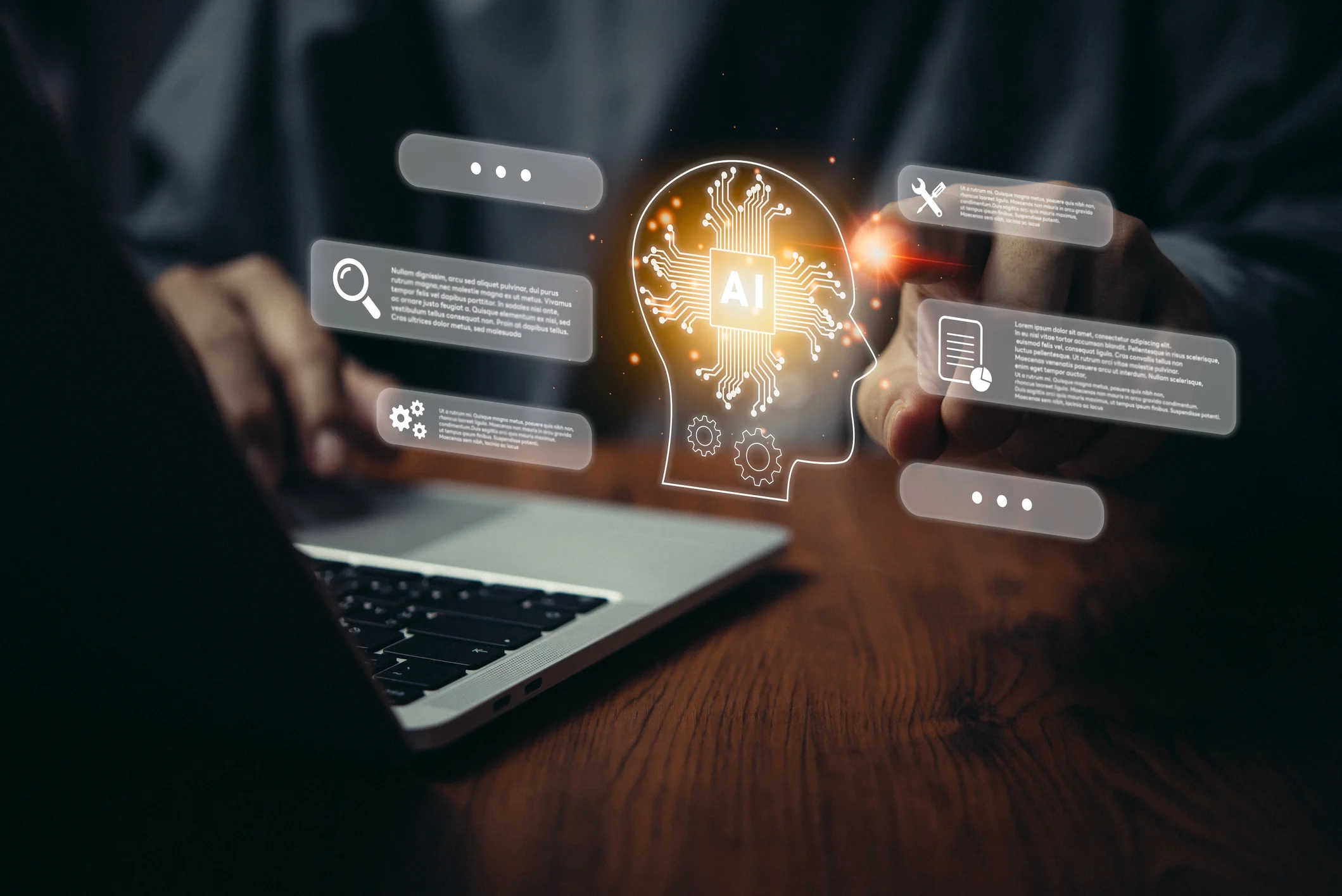Here are 13 burning questions in your quest to understand AI + Marketing





Searches for AI marketing have exploded, yet most resources tackle only a single slice—chatbots, generative text, or bidding. Below you’ll find concise, search-optimized answers to the 13 questions people ask most (per AnswerThePublic & Google Trends) so you can grasp the full picture in one read.
- Netflix tests thousands of thumbnails with reinforcement learning to lift play rates.
- Starbucks sends millions of micro-personalised offers daily through its DeepBrew engine.
- Sephora uses computer-vision skin-tone matching to boost mobile conversion.
- In 2025, any brand above Series B likely deploys some form of AI, from pricing to content.
It’s a vendor whose primary product automates or augments marketing decisions using machine-learning models. Think Jasper for copy generation, Optimizely for experimentation, or Persado for language personalization.
Generative models (GPT-4o, DALL·E, Runway) create new assets—copy, images, even video storyboards—cutting production time by up to 80 percent and often outperforming A/B-tested control creatives.
Here the goal is strict cost-per-acquisition efficiency. Algorithms predict conversion probability in real time, bid accordingly, and feed back high-quality conversions to ad platforms’ smart-bidding engines.
Networks now score partners for quality, fraud risk, and likelihood to convert. Impact.com’s FairClick blocks bot referrals before attribution; ML-based payout tiers reward high-intent publishers.
A micro-credential that teaches prompt engineering, predictive segmentation, and AI ethics. Graduates report a 7 percent salary lift for paid-media roles (LinkedIn Salary Insights, Q1 2025).
- Dynamic price testing at Airbnb lifted revenue 3.6 percent.
- The Guardian uses auto-generated image alt-text to publish 3× faster.
- Spotify predicts churn two weeks early, then saves 6 percent of at-risk users via email flows.
Highly automatable tasks—first-draft copy, spreadsheet data stitching, basic weekly reporting. Roles shift toward strategy, creative oversight, and AI prompt design.
It merges traditional triggers (email, push, SMS) with predictive scoring. HubSpot’s AI can create entire workflow branches; Braze Sage predicts churn audiences; Customer.io suggests next-best-action timing.
A catch-all phrase for any machine-learning use in paid, owned, or earned digital channels—from smart bidding and creative selection to predictive analytics.
Four pillars:
- Map data sources (GA4, CRM, ads).
- Define predictive KPIs (LTV > CAC, ROAS).
- Choose build-vs-buy for models.
- Establish a feedback loop (e.g., Morning Report’s weekly AI brief) so insights turn into action.
Generative copy: Jasper, Copy.ai.
Predictive analytics: Sisu, Amplitude Forecast.
Image/video: Midjourney, Runway Gen-3.
Voice/chatbot: ElevenLabs, Intercom Fin.
Weekly AI reporting: Morning Report (connect GA4 & ads in one minute).
An agency that bakes proprietary ML into its service—audience look-alikes, creative scoring, automated content variants—and bills on outputs rather than hours.
AI already powers the fastest-growing brands. Winning teams run a rapid loop of data → AI insight → action—weekly or even daily. Morning Report compresses 11+ hours of cross-channel reporting into a single Monday-morning brief so you can focus on the creative, strategic work AI can’t yet replace.
👉 Generate a no-cost sample report for your stack in 30 seconds: morningreport.io

